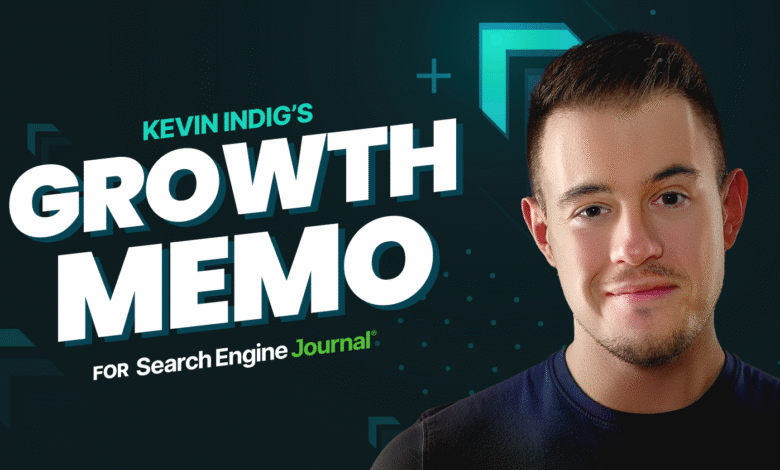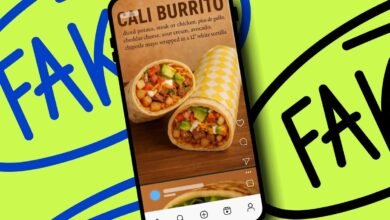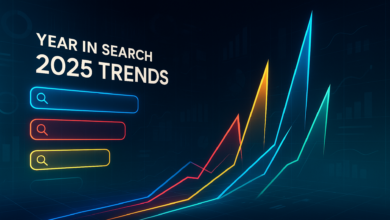AI’s Link Analysis: 35,000 Data Points Revealed

▼ Summary
– Backlinks remain important for AI search visibility, but link quality matters more than quantity according to analysis of 1,000 domains.
– Authority Score shows a moderate correlation with AI mentions, with the biggest gains occurring at higher authority thresholds.
– Nofollow links have nearly identical impact to follow links for AI visibility, particularly in Gemini and ChatGPT.
– Image-based backlinks sometimes outperform text links for AI mentions, especially in Perplexity and ChatGPT with Search.
– The relationship between backlinks and AI visibility is non-linear, with significant gains only appearing in the top authority deciles.
For digital marketers navigating the new terrain of AI-driven search, understanding how backlinks influence visibility has become a pressing question. Our analysis of 35,000 data points reveals that while traditional authority remains relevant, the dynamics have shifted significantly. The study examined 1,000 domains across major AI platforms, uncovering four critical patterns that redefine link-building strategies for the age of artificial intelligence.
The research methodology involved analyzing relationships between AI mentions and various backlink metrics using Semrush’s AI SEO Toolkit. We measured Share of Voice and mention frequency across ChatGPT (both with and without search activated), Gemini, Google’s AI Overviews, and Perplexity. These metrics were compared against total backlinks, unique linking domains, follow/nofollow links, Authority Score, and text versus image links.
To ensure robust analysis, we employed both Pearson and Spearman correlation methods. Pearson’s r measures linear relationships between variables, while Spearman’s ρ assesses monotonic relationships, whether values consistently move in the same direction regardless of linearity. The gap between these two coefficients often indicates threshold effects, where certain metrics only become impactful after crossing specific levels.
Authority Score demonstrates a moderate connection to Share of Voice, with Pearson at approximately 0.23 and Spearman around 0.36. This indicates that while higher authority generally correlates with better visibility, the relationship isn’t straightforward. There appears to be a threshold where authority begins to significantly impact AI mentions. More importantly, the number of unique linking domains proves more valuable than sheer backlink volume, suggesting diversity in referral sources matters more than quantity.
Quality consistently outperforms volume across all AI platforms. Authority Score showed the strongest correlation with mentions at 0.65 Pearson and 0.57 Spearman. This composite metric evaluates backlink quality, organic traffic to source pages, and link profile spamminess. The most dramatic jumps in median mentions occur between deciles 8 and 9, moving from approximately 21.5 to 79.0 mentions. Regular ChatGPT without search activated valued Authority Score most highly, while ChatGPT Search and Perplexity weighted it slightly less.
Perhaps the most surprising finding concerns nofollow links, which demonstrate nearly identical impact to follow links. The correlation coefficients for follow links (Pearson 0.334, Spearman 0.504) and nofollow links (Pearson 0.340, Spearman 0.509) are remarkably close. This represents a fundamental shift from traditional SEO understanding. Gemini and ChatGPT appear to weight nofollow links even more heavily than regular links, while Google’s AI Overviews and Perplexity show slight preference for follow links. The practical implication is significant: nofollow links, often easier to acquire, now carry substantial weight in AI search visibility.
Image-based backlinks frequently outperform text links in driving AI mentions. The data shows image links correlating with mentions at Pearson 0.415 and Spearman 0.538, compared to text links at 0.334 and 0.472 respectively. The effectiveness of image links becomes particularly pronounced in higher authority tiers, with the strongest relationships appearing in the top deciles. For platforms like Perplexity and Search-GPT, image links prove especially productive, showing correlation coefficients around 0.55 and 0.53.
These findings suggest that AI models process backlink signals differently than traditional search engines. The emphasis on link quality over quantity, the unexpected value of nofollow links, and the potency of image-based references all point to new optimization opportunities. Marketers should focus on building diverse, high-quality backlink profiles that include both follow and nofollow links while incorporating strategic image linking, particularly when targeting AI platforms beyond conventional search engines.
(Source: Search Engine Journal)





